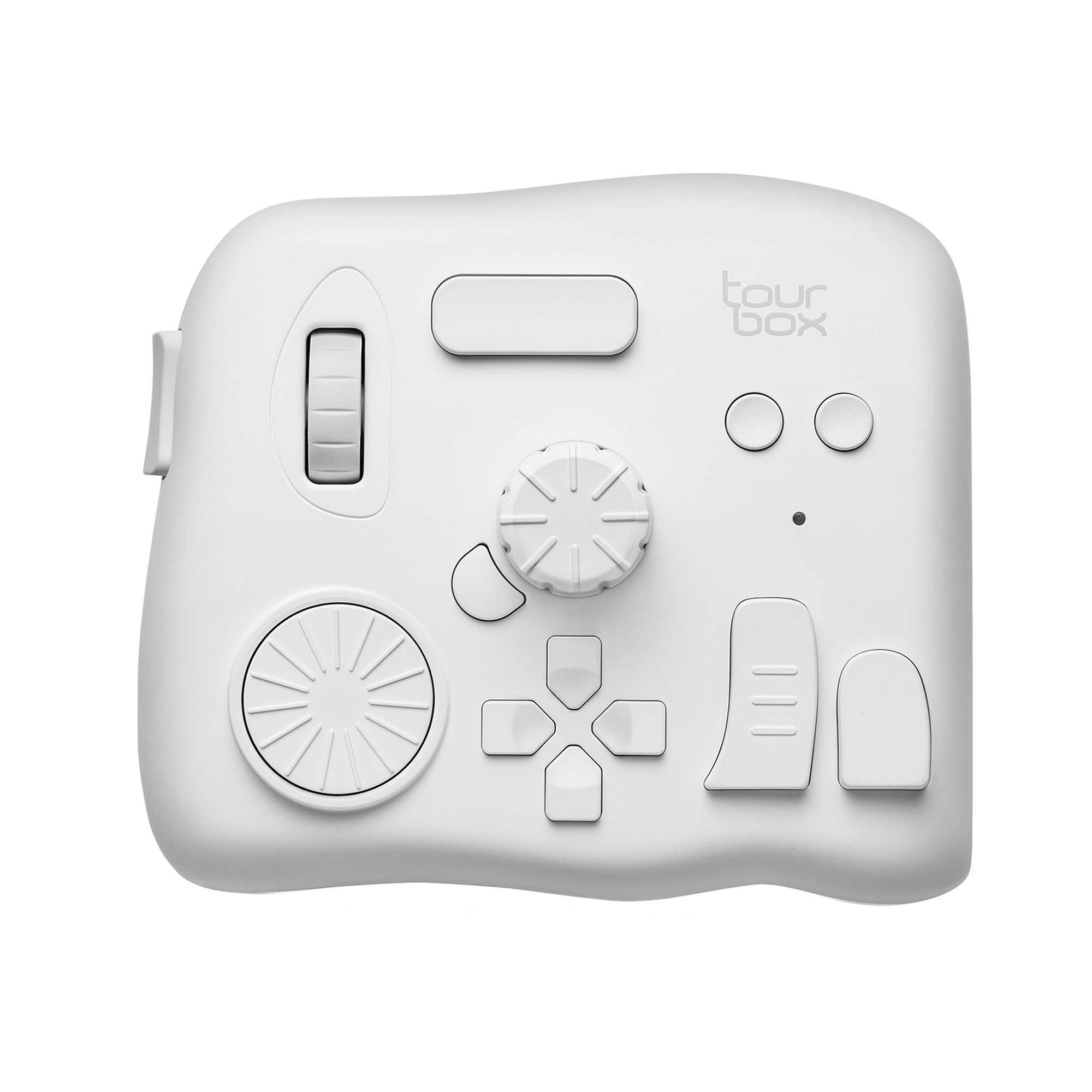What Is 35mm Equivalent Focal Length in Photography: A Simple Guide
Some new photographers hold an 18–55 lens and call it an "ultra-wide zoom." That's not quite right. There's one annoying thing you should know: effective focal length (also written 35mm equivalent focal length).

In this article, you will learn:
Where 35mm Equivalent Focal Length Came from?
Decades ago, Japanese camera makers worked hard to build digital SLRs. They ended up leading the field. But sensors were expensive back then. Especially full-frame sensors (the same size as a 35mm film frame).
To cut costs, makers made smaller sensors. That led to the APS-C sensor size. In plain terms, sensors used to be too costly, so manufacturers made them smaller to save money.
Later, companies advertised small sensors as having benefits. But at first, the choice was just about cost. Because old SLRs used 35mm film, it made sense that early digital SLRs would use the same area. As sensor prices fell, full-frame cameras became more common.
Today, interchangeable-lens cameras come with different sensor sizes: full-frame, APS-C, Micro Four Thirds (M4/3), 1-inch, and so on. Different sensor sizes bring up an important idea: equivalent focal length.
What Is 35mm Equivalent Focal Length?
A lens has a number on it that tells its focal length. For example, 50mm or 18–55mm. A single number means it's a prime lens. Two numbers mean it's a zoom. The number on the lens is the lens's actual focal length.
But sensors can be big or small. A smaller sensor crops the image. That cropping changes the field of view. In other words, the same lens on different sensors will capture different amounts of the scene.
If you use a smaller sensor, it captures only the center part of the image. That makes the view look narrower. It feels like the focal length got longer.

For example, a 200mm lens on a full-frame camera takes in the whole frame.

Put the same 200mm lens on an APS-C camera, and the smaller sensor crops the edges. The result looks closer, as if you had a longer lens.

Put that 200mm on a Micro Four Thirds camera, and the crop is even stronger.

On a 1-inch sensor, it crops more still.

Because the field of view changes with sensor size, the actual focal length alone can be misleading on smaller sensors. So photographers use equivalent focal length to compare lenses across different sensor sizes.
For instance, a 200mm lens on a 1-inch camera might give a field of view equal to a 540mm lens on full-frame. In that case, the 35mm-equivalent focal length is 540mm. Each sensor size has a number you multiply the actual focal length by. That number is called the crop factor.
So remember: multiply the lens's actual focal length by the crop factor to get the 35mm-equivalent focal length for your camera.
Some common crop factors:
- Full-frame: 1.0 (actual = equivalent)
- APS-C (Nikon, Sony, Pentax, Fujifilm): 1.5
- APS-C (Canon): 1.6
- Micro Four Thirds (M4/3): 2.0
- 1-inch: 2.7
Back to the 18–55 example we mentioned at the beginning: an 18mm focal length on a Nikon APS-C body (crop factor 1.5) becomes 18 × 1.5 = 27mm equivalent. That is a wide angle, but not an ultra-wide.
So, 35mm equivalent focal length is the focal length that would give the same field of view on a 35mm full-frame camera. It lets you compare lens views across cameras with different sensor sizes.
Bottom line: if your camera is not full-frame, check the crop factor. Then multiply the lens focal length by that factor to know the 35mm-equivalent focal length.
Conclusion
In our article about 35mm-equivalent focal length, we explain where the idea comes from, what effective focal length means, and how crop factors work. By now, you should have a clear understanding of the concept.
Finally, if you often shoot lots of photos and spend a lot of time on post-processing, we recommend TourBox. It can greatly speed up your workflow.

With its customizable shortcuts and easy-to-use dials, you can tweak colors and fine details without constantly clicking the mouse or pressing keys. Even better, using a TourBox feels like using a game controller — one reason many photographers and photo fans love it.

If you're curious how TourBox can make your photo editing faster and more precise, visit our Photo Editing page to learn more.